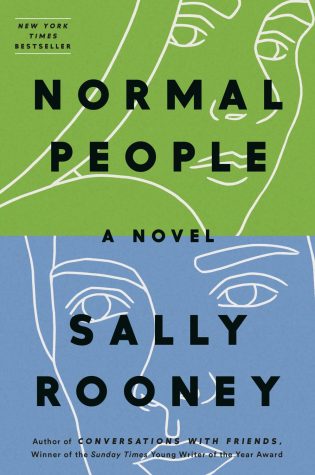Mattel responds to critics, diversifies Barbie
February 11, 2016
Mattel has given Barbie the long-awaited makeover that many had screamed for and it is far more elaborate than a fresh new set of bangs or a lipstick color change.
After years of scrutiny and criticism over the unrealistic body and beauty standards that Barbie dolls promote, owning-company Mattel has responded to the critics with a major game-changing campaign called #TheDollEvolves. Since her debut in 1959, Barbie has undergone subtle appearance changes that have helped her keep up with society’s ever-changing hair and fashion trends, but as of Jan. 28, Barbie experienced a total makeover.
Barbie now features a total of four body sizes, seven skin tones, 22 different eye colors and a wider variety of hairstyles. Consumers can purchase Barbie in tall, petite, curvy and the original sizes as the new dolls make their official debut on the shelves of toy aisles on March 1.
Since the initial announcement via Barbie’s official Twitter was made, mixed reactions to her makeover poured in. However, I believe that Barbie is on the right track.
She may have arrived fashionably late, but it is nice to see that the Barbie has finally joined us in the 21st century. Her new look will finally allow her to portray a wider diversity of women of different body shapes, sizes and complexions.
Independent from what the company’s motives for Barbie’s new makeover may be, Mattel’s recent move is a game-changer for several reasons. Not only does the newly expanded and diversified collection have potential to make millions of little girls around the world much happier than before, but it can also make a positive impact on body and beauty standards for young girls and boys alike.
Whether consciously or subconsciously, the images that children absorb during their childhood years influence their outlook on life and all things related as they grow older. Stacking the shelves with dolls that more accurately represent the diverse body shapes, sizes and skin complexions that exist in the world around them can have long-term effects on what they perceive the standard of beauty is.
Positive reactions in support of the new Barbie have flooded social media platforms, but other users have been quick to voice that the makeover still falls short. Unsatisfied users have complained about how the new body sizes still lack more realistic body characteristics such as acne, cellulite, stretch marks or body hair.
According to Time magazine, “92 percent of American girls ages 3 to 12 have owned a Barbie.” Most girls between the ages of three and 12 have not yet experienced acne, body hair, stretch marks, or cellulite, so must we depend on a doll to introduce these natural body traits?
After all, Barbie is only a doll, and she is meant to be enjoyed by children who are playing make-believe. So, should we completely eliminate the “fantasy life” aspect of the Barbie doll, and throw in all the physical changes that will occur at a later stage of these children’s lives?
Our minds are in the right place when we demand that companies like Mattel diversify their doll collections, but let us not forget that these dolls are not designed to teach our children every single thing there is to know and expect from their growing bodies.
One of the most important moves that Barbie could have made, which includes embracing the different body shapes, sizes and colors of all women around the world, has just been made and they deserve recognition for it.
As far as I am concerned, whether Mattel chose to diversify Barbie for profitable reasons or because they truly want to offer a better representation of women from different cultures is not what I wish to debate.
Instead, imagining the joyful reaction of little girls when they see a Barbie that has her same hair texture, smaller stature, curvier tummy or darker complexion is the image I’m choosing to envision and run with while I hopingly await for an “evolution” from Ken.
















